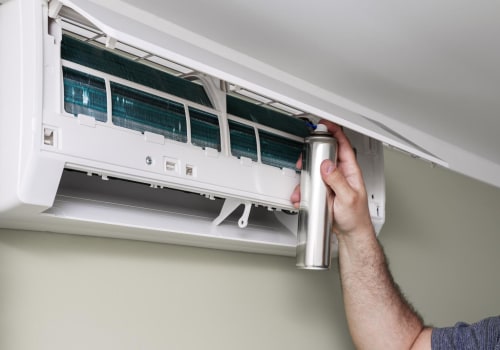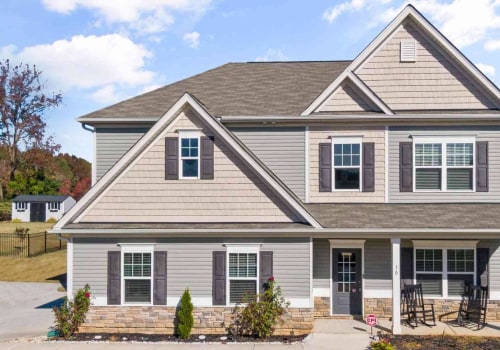Accurately measuring for replacement windows and doors is a crucial step in home renovation that ensures the new installations fit perfectly, function optimally, and help maintain the aesthetic integrity of the structure. This process involves several important steps and considerations to achieve precise measurements, which are essential for custom-fit products that minimize energy leaks and enhance overall home security.
The first step in measuring for replacement windows and doors is to gather the right tools for the job. Typically, a high-quality tape measure, a level, and possibly a laser measure are necessary to ensure accuracy and ease of measurement. It's important to use a tape measure that can provide readings in both inches and centimeters, allowing for precise measurements according to the specifications required by manufacturers or contractors.
Before starting the measurement process, it's vital to understand the different parts of the window or door frame. For windows, measurements must include the height and width of both the window opening and the existing frame, if applicable. It is also crucial to measure the depth of the window opening to ensure that the replacement window can be accommodated without structural alterations. For doors, measurements should include the height and width of the door opening, as well as the frame, and note any potential obstructions like flooring or surrounding cabinetry that might affect the installation.
To begin measuring, start by measuring the width of the window or door from the inside jamb on one side to the inside jamb on the other side at the top, middle, and bottom. Record the smallest measurement to ensure that the new window or door will fit the narrowest part of the opening, which can vary due to warping or previous installation issues. For the height, measure from the sill to the top of the frame or header at the left, middle, and right sides. Again, use the smallest measurement to account for any irregularities in the vertical alignment.
It is also advisable to check the squareness of the frame by measuring the diagonals from corner to corner. If the diagonal measurements differ significantly, this may indicate that the frame is out of square, and adjustments may need to be made either to the frame or to the ordered windows or doors to ensure a proper fit. Using a level, check for plumb and level of the existing frames to identify any potential issues with alignment that might need addressing before the installation of new units.
When ordering replacement windows or doors based on these measurements, it is typically recommended to reduce the dimensions slightly from the smallest width and height measurements. This adjustment allows for some necessary clearance and ensures that the new window or door can be installed easily without forcing it into a space that is too tight, which could compromise its functionality or damage the frame.
In addition to these technical considerations, it's important to account for the aesthetic and functional aspects of the replacement windows and doors. This includes the style, material, and energy efficiency ratings that should match the homeowner's needs and the architectural style of the house. For example, in projects involving bathroom renovations, selecting moisture-resistant window frames and materials that can withstand high humidity levels is crucial.
In conclusion, accurately measuring for replacement windows and doors requires careful attention to detail, proper tools, and a thorough understanding of the structural and stylistic requirements of the installation space. By taking precise measurements and considering both functional and aesthetic factors, homeowners can ensure that their new windows and doors not only fit perfectly but also enhance the energy efficiency, security, and beauty of their home. This meticulous approach to measurement is a critical step in achieving successful home renovations, including sophisticated projects like bathroom renovations, ensuring that all new installations contribute to the overall improvement and value of the property.







